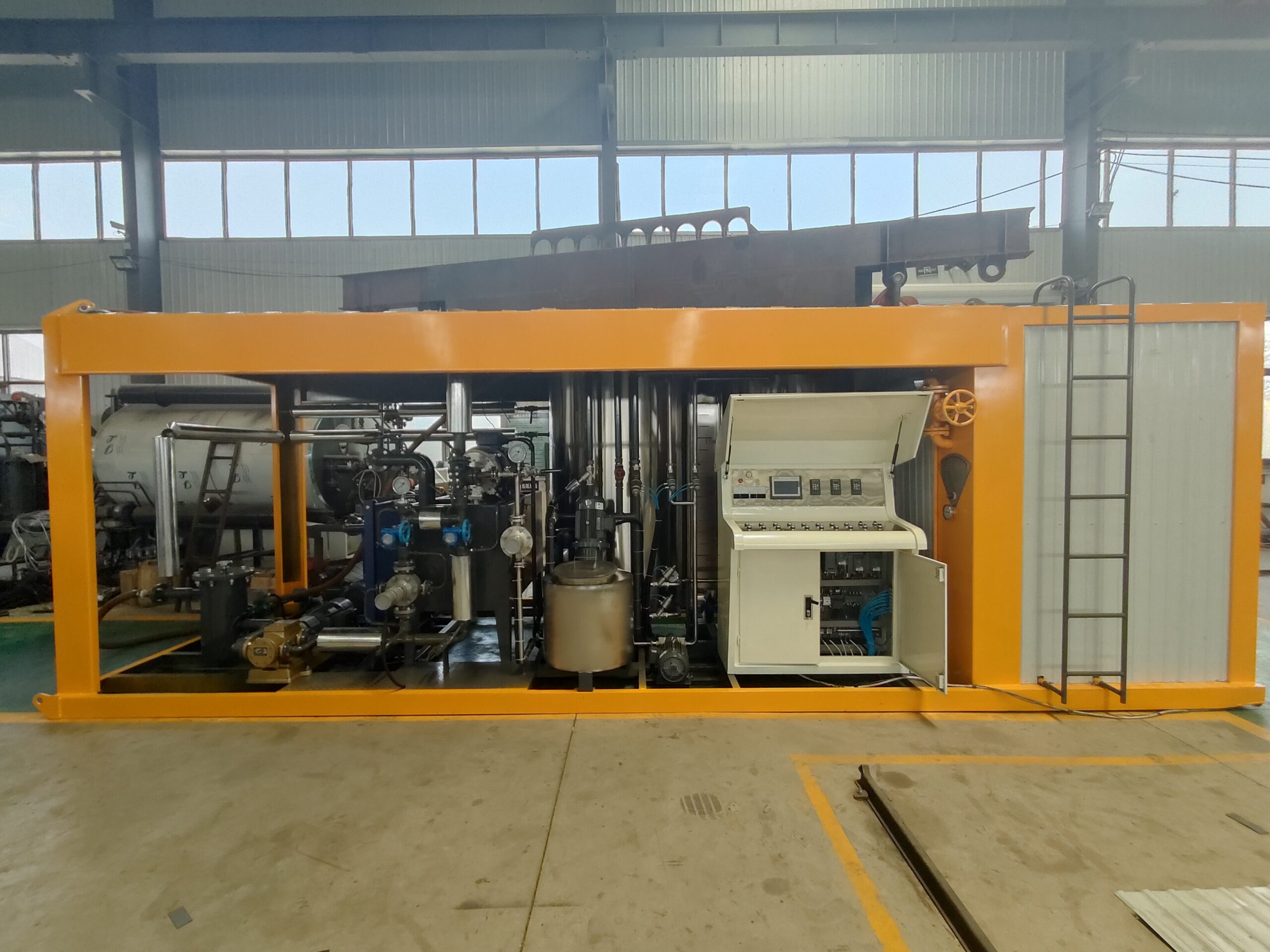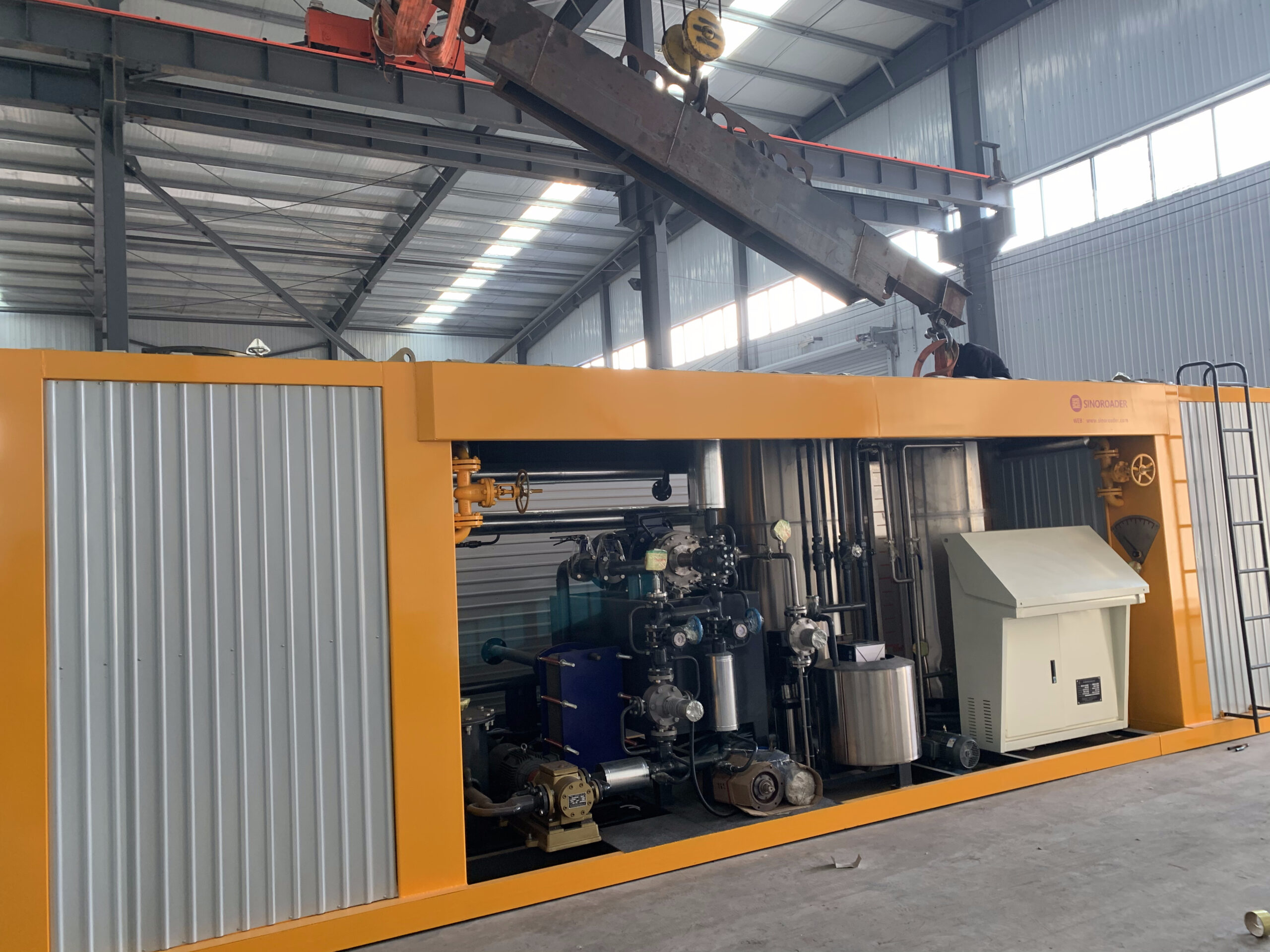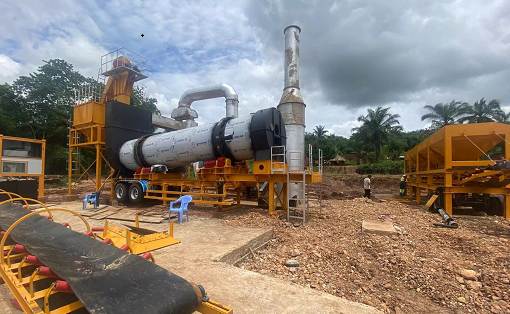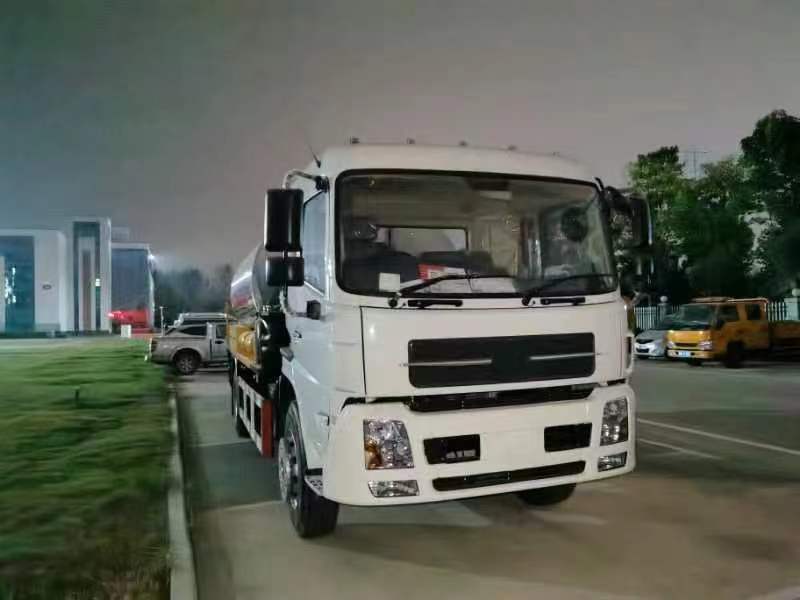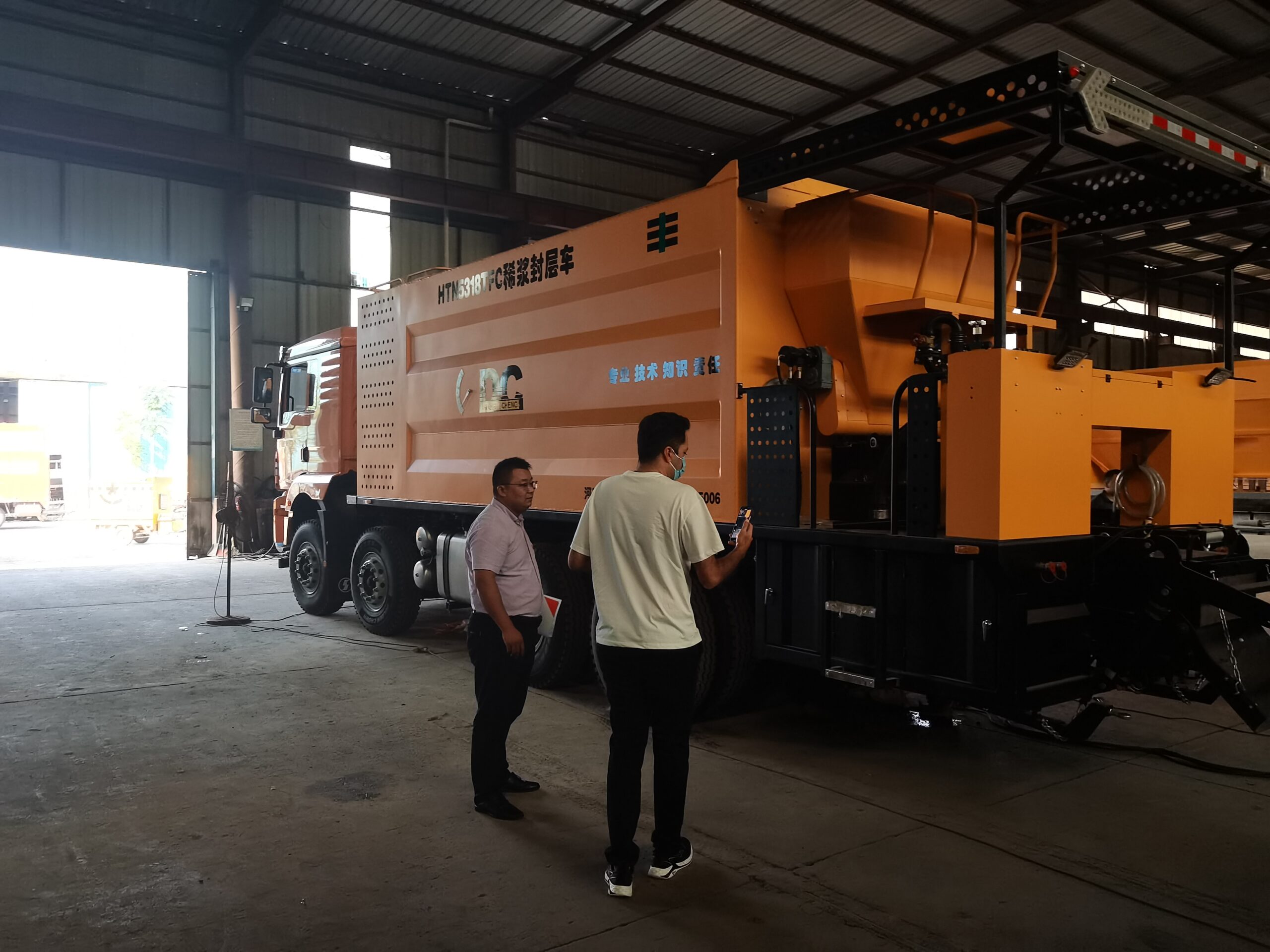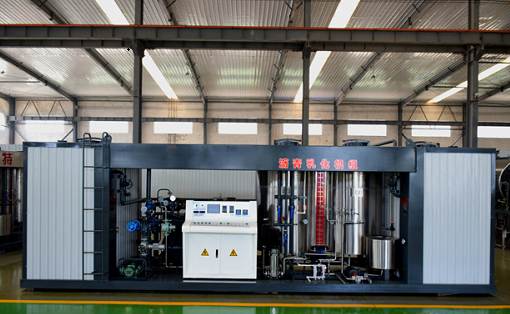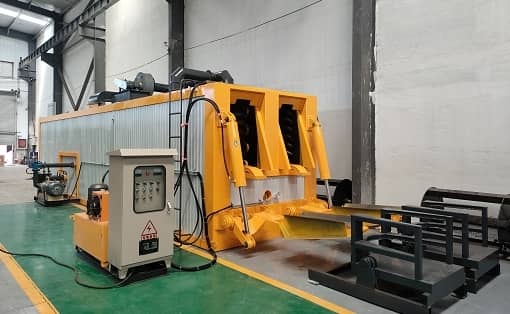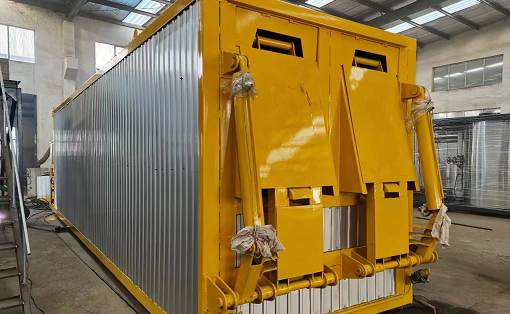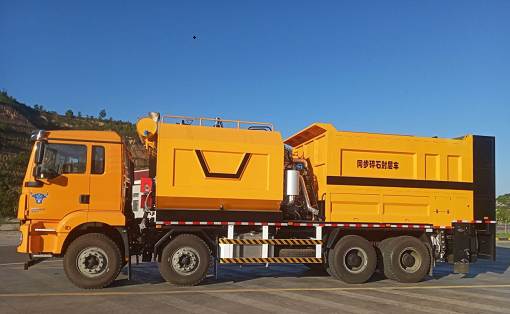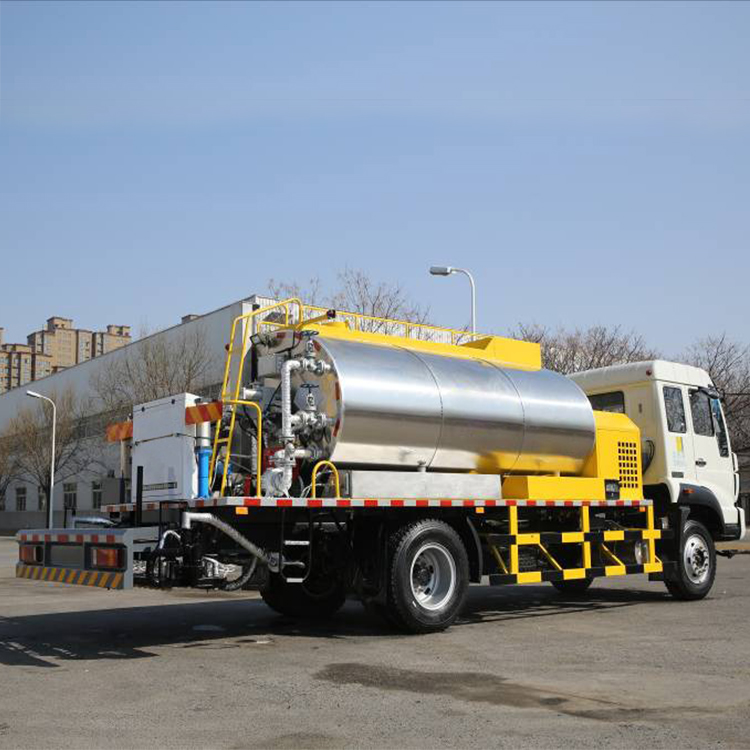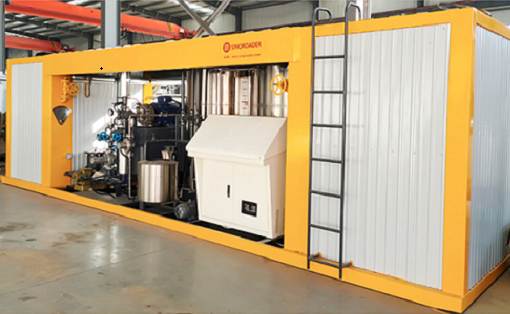How emulsified modified asphalt equipment handles winter solidification of asphalt
Emulsified modified asphalt equipment is classified according to the production process and can be divided into three types: intermittent emulsified modified asphalt equipment, semi-continuous emulsified modified asphalt equipment, and continuous emulsified modified asphalt equipment. During the production of emulsified modified asphalt equipment, demulsifier, acid, water, and latex modified materials are blended in a soap mixing tank, and then pumped into the asphalt into the colloid mill. After a can of soap is used up, the soap is redispensed, and then the production of the next can is completed.
The emulsified modified asphalt equipment mentioned here includes hot water pumps and circulation pumps. This type of centrifugal water pump generally uses a pipeline centrifugal pump. There is a sewage outlet at the bottom of the pipeline centrifugal pump. Pay attention to the sewage outlet at the bottom of the emulsified modified asphalt equipment pump. The water in the water tank is released through the filter valve. Some emulsified modified asphalt equipment does not have a filter valve to save equipment costs, so it can only be emptied by loosening the flange bolts at the bottom. There are basically two methods of moisturizing emulsion pumps for emulsified modified asphalt equipment on the market, gear oil pumps or centrifugal water pumps. The gear oil pump can only drain the liquid in the pump through the connecting flange of the pipeline. The centrifugal water pump carries out sewage treatment through its own sewage outlet.
When used in the production of emulsified modified asphalt equipment, depending on the modified material technology, the latex pipeline can be connected in front of the colloid mill or behind the colloid mill, or there may be no latex pipeline and it must be made manually. Add the required amount of latex into the soap jar.
Emulsified modified asphalt equipment is classified according to the production process and can be divided into three types: intermittent emulsified modified asphalt equipment, semi-continuous emulsified modified asphalt equipment, and continuous emulsified modified asphalt equipment. During the production of emulsified modified asphalt equipment, demulsifier, acid, water, and latex modified materials are blended in a soap mixing tank, and then pumped into the asphalt into the colloid mill. After a can of soap is used up, the soap is redispensed, and then the production of the next can is completed.
The emulsified modified asphalt equipment mentioned here includes hot water pumps and circulation pumps. This type of centrifugal water pump generally uses a pipeline centrifugal pump. There is a sewage outlet at the bottom of the pipeline centrifugal pump. Pay attention to the sewage outlet at the bottom of the emulsified modified asphalt equipment pump. The water in the water tank is released through the filter valve. Some emulsified modified asphalt equipment does not have a filter valve to save equipment costs, so it can only be emptied by loosening the flange bolts at the bottom. There are basically two methods of moisturizing emulsion pumps for emulsified modified asphalt equipment on the market, gear oil pumps or centrifugal water pumps. The gear oil pump can only drain the liquid in the pump through the connecting flange of the pipeline. The centrifugal water pump carries out sewage treatment through its own sewage outlet.
When used in the production of emulsified modified asphalt equipment, depending on the modified material technology, the latex pipeline can be connected in front of the colloid mill or behind the colloid mill, or there may be no latex pipeline and it must be made manually. Add the required amount of latex into the soap jar.
Emulsified modified asphalt equipment generally uses a cone bottom. However, in order to better process the emulsified modified asphalt equipment coefficient, the entrance and exit are usually not placed at the bottom. Moisturizing lotion (mostly water) will remain at the bottom of the tank, and this residual liquid needs to be released through the filter valve at the bottom. Both hot and cold substances in the heat exchanger in the emulsified modified asphalt equipment must be drained.
There will also be residual moisturizing lotion or water in the colloid mill. Within the 1mm gap between the colloid mill motor rotor, if there is a little residual water in the emulsified modified asphalt equipment, it will cause the emulsified modified asphalt equipment to freeze and cause accidents. The residue in the colloid mill can be treated by loosening the finished pipe connection anchor bolts. The valve body of many emulsified modified asphalt equipment is pneumatic, and there will be an air pump as a component. The water content in the air will turn into water and be stored in the steam tank after shrinking. To prevent cold in winter, this part of water should be released.
When draining water or moisturizing emulsion pipelines from emulsified modified asphalt equipment, keep the ball valve open. If water remains in the emulsified modified asphalt equipment during operation or the vacuum pump is closed due to the gate valve being closed, the liquid in the pump and pipelines is not discharged, which may lead to cracks in the emulsified modified asphalt equipment. The colloid mill uses cooling circulating water. Many colloid mills use mechanical seals, which will use cooling circulating water. This part of the cooling circulating water needs to be released. Other areas where water may exist. The high-temperature heat transfer oil pipelines of emulsified modified asphalt equipment are not easy to condense in winter and do not need to be drained. Emulsified modified asphalt equipment will condense in winter, but the volume will not increase easily during the condensation process, and there is no need to empty it.


